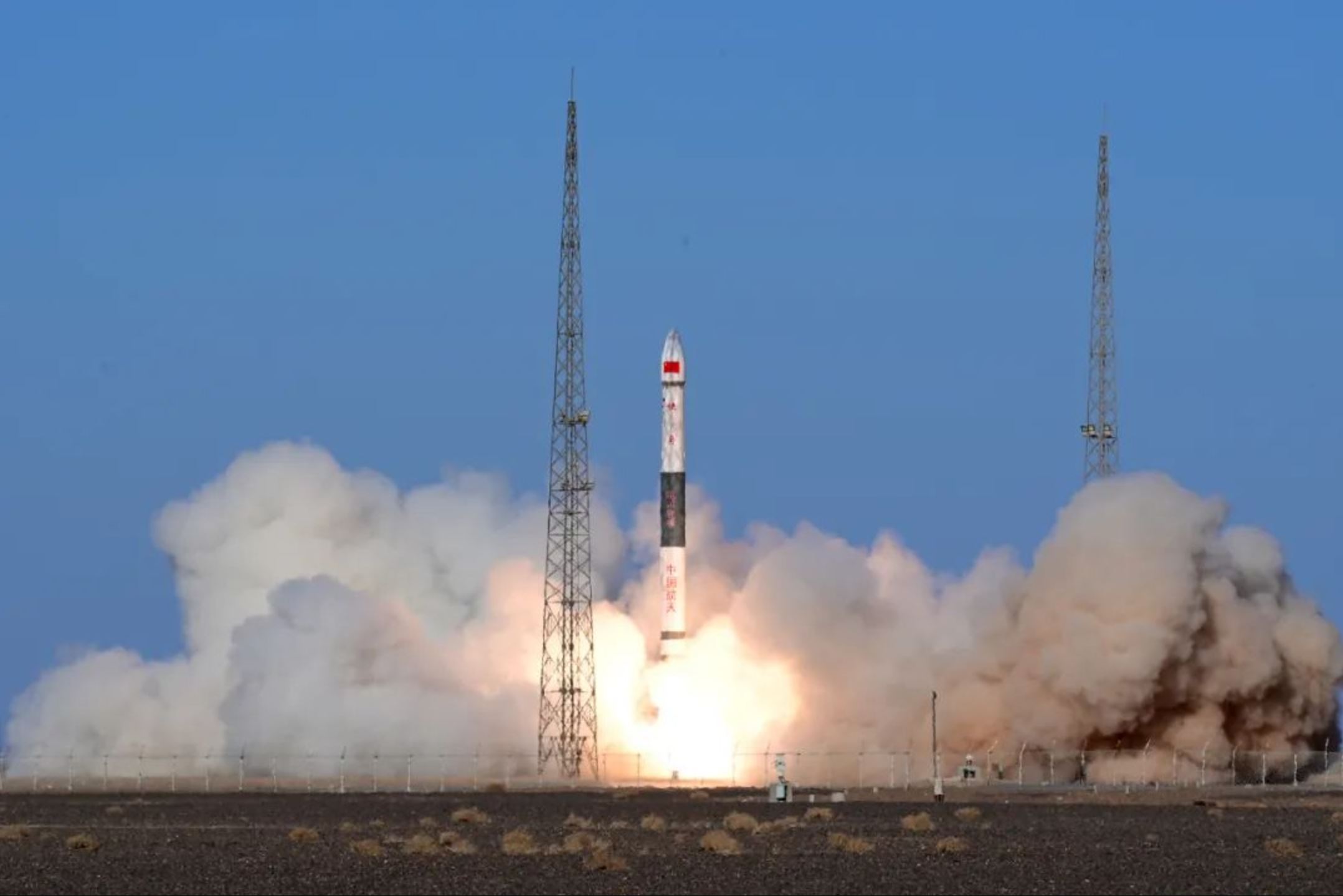
A Chinese solid rocket sent four meteorological satellites into orbit last week, marking the nation's 12th launch of 2023.
The Kuaizhou 1A rocket lifted off from Jiuquan Satellite Launch Center at 5:09 a.m. EDT (0909 GMT, or 5:09 p.m. Beijing time) on March 22.
The 65-foot-tall (20 meters) rocket successfully delivered four "Tianmu 1" meteorological observation satellites into their predetermined orbit, according to the China Aerospace Science and Industry Corporation (CASIC), a giant state-owned defense contractor.
Related: The latest news about China's space program

The satellites, designated as Tianmu 1 satellites 03-06, are intended to provide global commercial meteorological data services, according to the press statement. The satellites were developed by a subsidiary of CASIC.
The Kuaizhou 1A was provided by the company Expace, a rocket-making arm of CASIC. It can carry a payload of 440 pounds (200 kilograms) to a 345-mile-high (700 kilometers) sun-synchronous orbit (SSO).
U.S. Space Force space domain awareness tracking later picked up the satellites in orbits with an altitude of roughly 316 miles (508 km) and inclined by 97.4 degrees.
The launch was the 19th flight of the Kuaizhou 1A, including two failures. CASIC plans to launch up to 10 Kuaizhou rockets in 2023, including flights of the larger Kuaizhou 11 solid rocket.
The Kuaizhou 11 rocket had its first successful flight in December last year. It can carry 2,220 pounds (1,000 kg) of payload to SSO, or up to 3,300 pounds (1500 kg) to low Earth orbit.
China is planning to launch more than 200 spacecraft on more than 60 launches across 2023. The country’s emerging commercial space actors are looking to add more than 20 launches to this figure.
Follow us on Twitter @Spacedotcom or on Facebook.







